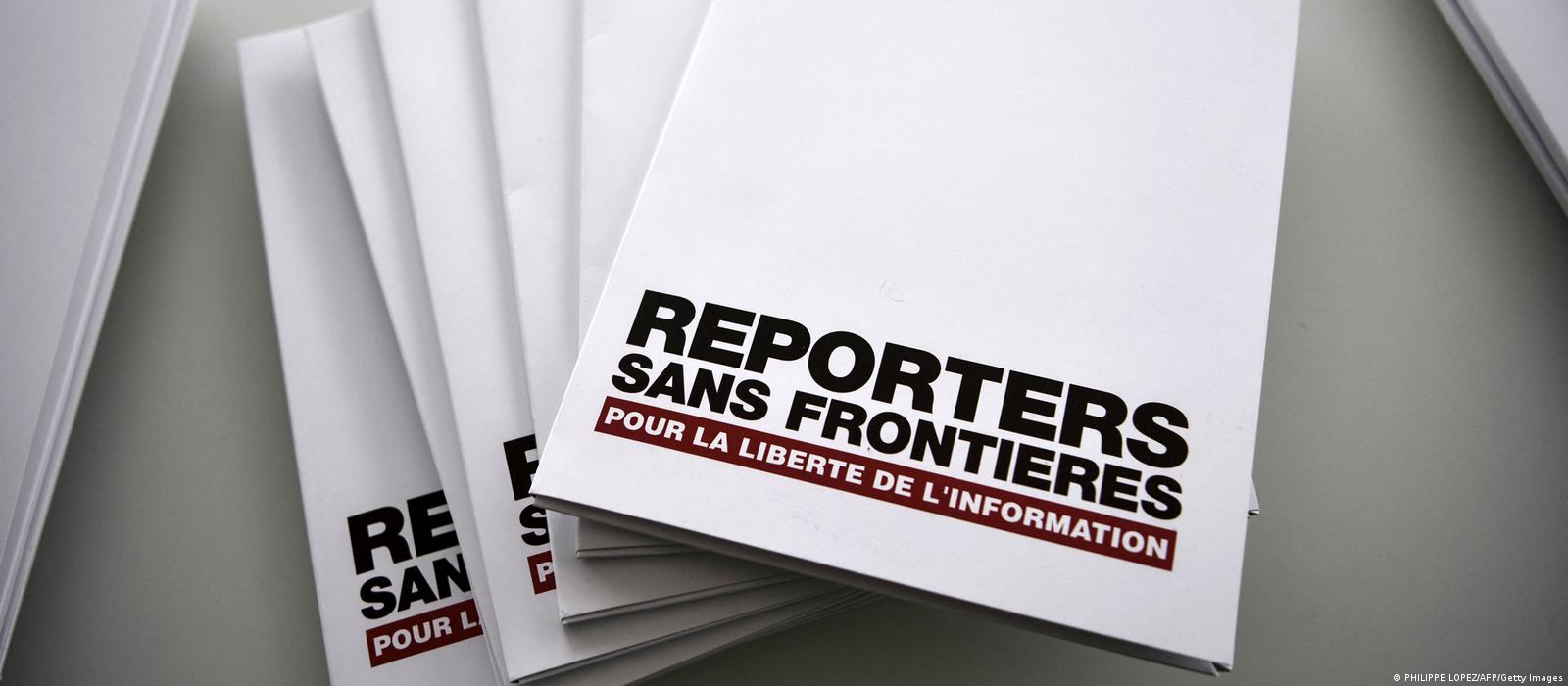Recent developments in India have raised serious concerns about the state of press freedom in the country. The alarming news of India slipping to 161 in rank in the World Press Freedom Index from 150, last year serves as a stark reminder of the challenges faced by journalists across the nation.
India’s decline in press freedom rankings is a cause for concern, signalling a significant deterioration in the freedom of expression, working conditions and safety of journalists. The ability of journalists to report fearlessly and independently is essential in upholding the principles of democracy. However, recent incidents of harassment, intimidation, and arrests have threatened this fundamental pillar of a free society.

The report was put out by Reporters Without Borders (RSF) and was compiled based on quantitative measurements of abuses against journalists and a qualitative measurement of the press landscape of a country through interaction with journalists, researchers, academicians, and human rights defenders.
The general metric for calculation of the score relates hugely to the degree of autonomy, safety and appreciation press outlets and collectives have, to publish content that may go against dominant cultures and political beliefs. The report comes at a time when India’s position in the Index has been consistently slipping and has been deemed to be in crisis.
Such a desperate state of our press is indicative of large-scale problems in the country. Press Freedom is intrinsic to the functioning of democracy. The work of the media, the fourth pillar of democracy, is to ensure accountability and transparency in all institutions by reporting the truth to the population. It becomes vital to register when this task faces a hindrance and locate where the hindrance comes from to restore press freedom for the journalists of our country and the well-being of democratic values.
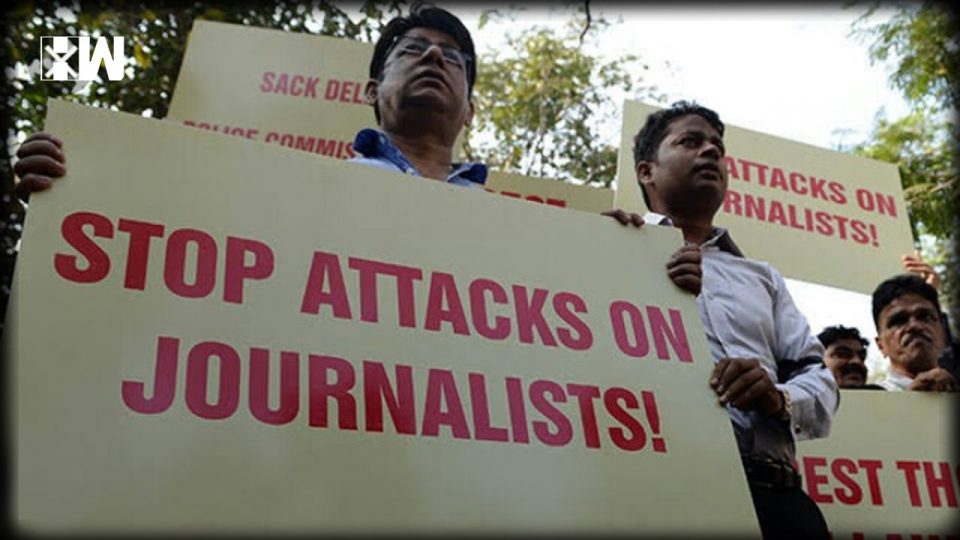
There have been a host of events in recent memory that are not only indicative of the repressed media landscape in India but have contributed to the score. They display a culture of suppression of voices in journalism that seek to showcase some nature of truth.
The release of the BBC documentary, The Modi Question, which gathered immense controversy, is a focal point here. The International Press Institute and several other media outlets and journalistic ventures have questioned the several bans placed on the viewing of the documentary.
The censorship of the documentary under the 2021 IT rules instituted by the government has been deemed to be a blatant misuse of power and a blot on journalistic freedom. The public and community viewing of the documentary was widely curtailed with students in JNU being met with arrests for screenings. The arbitrary premise on which the documentary was censored is a testament to the hostile environment created towards a critique of major powers in the country.
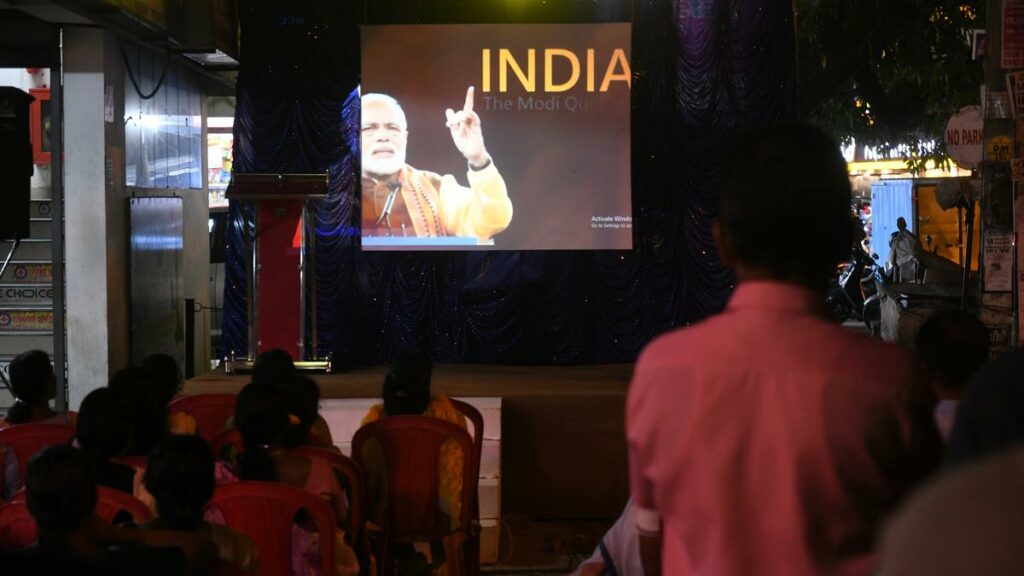
Similarly, the question of censorship and the safety of journalists takes a regional character too in places of conflict in India. The Kashmir Press Club was dismantled last year and the Public Safety Act which was first instituted to ensure erase of timber smuggling was used for the arrest of journalist Sajad Gul. In areas occupied by minorities, destabilising journalistic ventures take away the voice of the people and the frontier which reveals injustices.
The blatant acts of violence and censorship that emerge for journalists writing against the government are a sign of unchecked power and control. This is also seen enacted in other regions with the arrest of mainstream news reporter Bhawana Kishore of Times Now by Punjab Police. She has been arrested for reportedly making casteist statements towards a woman she got into an accident with. However, the veracity of these claims is being questioned by several media outlets in Punjab.
The Chandigarh Press Club pointed out that Bhawana wasn’t even driving nor did she know the caste of the other woman when she got into an altercation with her. While the veracity of events still remains in question, it is important to note that she reported that 45 crores were spent on Arvind Kejriwal’s house renovation and the hypocrisy of his brand of being a ‘common man’ was pointed out. These transgressions by authorities become all the more common and acceptable in everyday dealings when there exists no check or balance in the system.
On the other hand, press autonomy is also jeopardised in ways other than censorship and unsafe reporting environments. It also escalates through more subtle forms of control. NDTV for several years pursued a critical commentary towards the government however it was recently taken over by Gautam Adani. Employees felt that such a takeover would compromise their ‘editorial independence.‘
This comes at a time when more than 72 TV channels have been owned by Ambani’s Reliance Industries Limited since 2019. The vast control of media by rich individuals, susceptible to lobbying the central government in the face of their growing political fortune is a potential threat to one of the last lines of defences against majoritarian commentary seeping into independent media in need of funds.
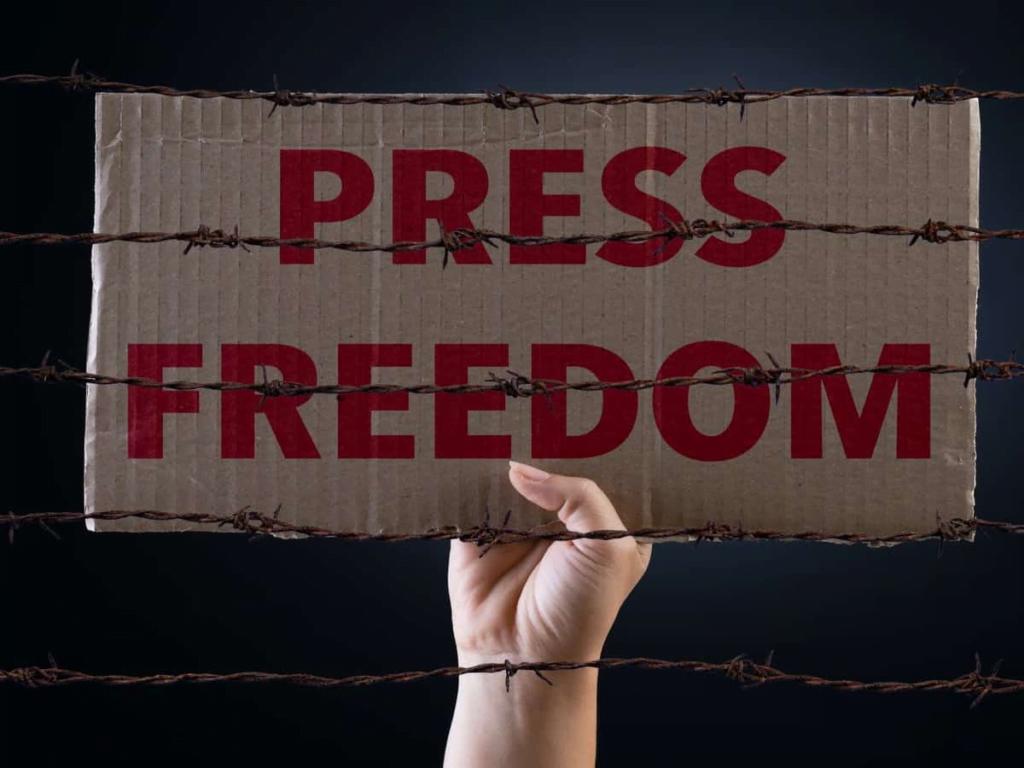
The centre claimed that the score was biased against India and remarked that it matters who is giving the rating. This is a recognition of the idea that the source of the information matters and has a defining influence on the audience. The role of independent media becomes crucially important, as does paying for good journalism to ensure that they never have to succumb to the wiles of those in power.
Lastly, not only has the erosion of press freedom in India been linked to the loss of democratic value, but it is also a cause for concern for minority groups in India that seek to speak out. It is a larger attack on dissent culture and critical commentary of the government. The country is founded on values that allow individuals the right to oppose the government and partake in democracy.
However, when the major means of amplification of that dissent are taken away, it is bound to inordinately affect minority caste, religion and gender groups that aim to fight majoritarian values. As World Press Day was celebrated on May 3 this year, there was a focus on the links between human rights and press freedom. The well-being of all people is ensured through press freedom.
Misinformation, censorship, control and often gendered violence, as in the case of Rana Ayyub, is a prominent feature of press unfreedoms. A metric of gender-based trolling, rape threats and death threats is an important component that must be included in the assessment of press freedom to explore the various ways in which reporters are intimidated and dissuaded from reporting the truth to the masses.
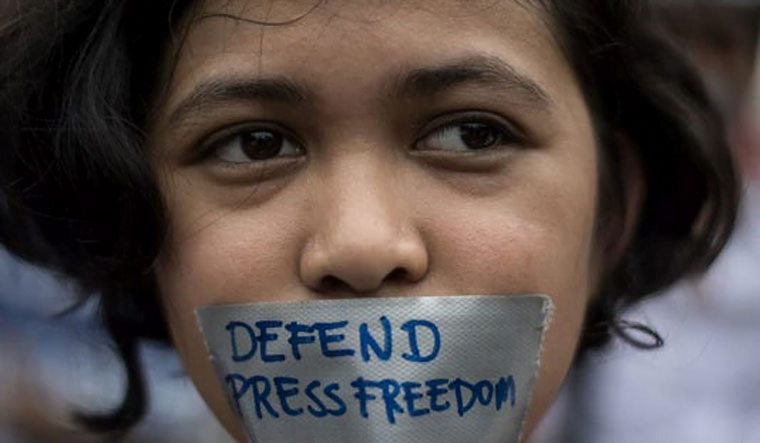
It is crucial to emphasise that journalists play a vital role in holding power accountable and informing the public. Silencing their voices not only undermines democracy but also limits the public’s access to vital information.
A free press serves as a watchdog, ensuring transparency, accountability, and the protection of citizens’ rights. Safeguarding the rights of journalists and creating an enabling environment for their work should be a priority for governments across the world that aim to maintain their democratic status.
About the author(s)
Sakshi (she/they) is a student pursuing History at St. Stephen's College, Delhi University. They are interested in issues of gender, sexuality, education and culture. They love game nights, a good film and a sleeping in.
